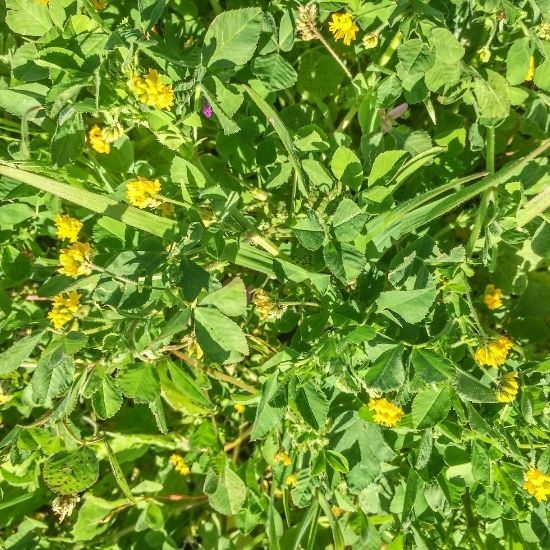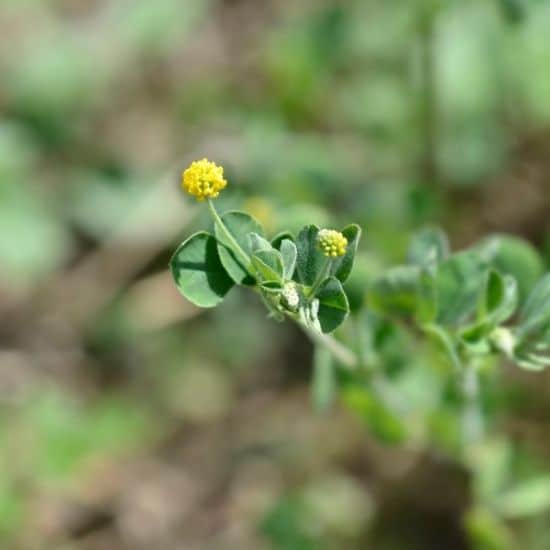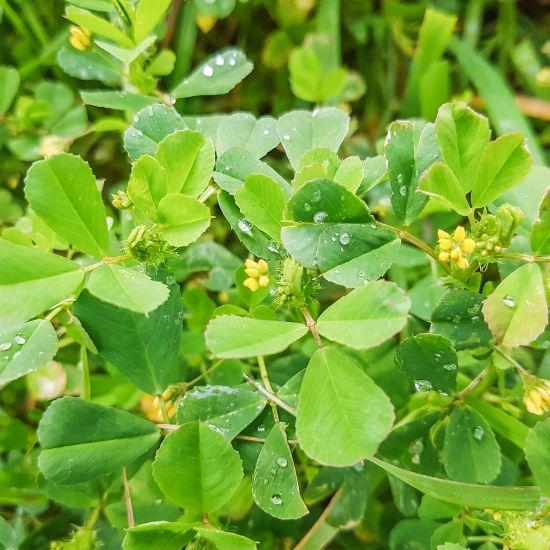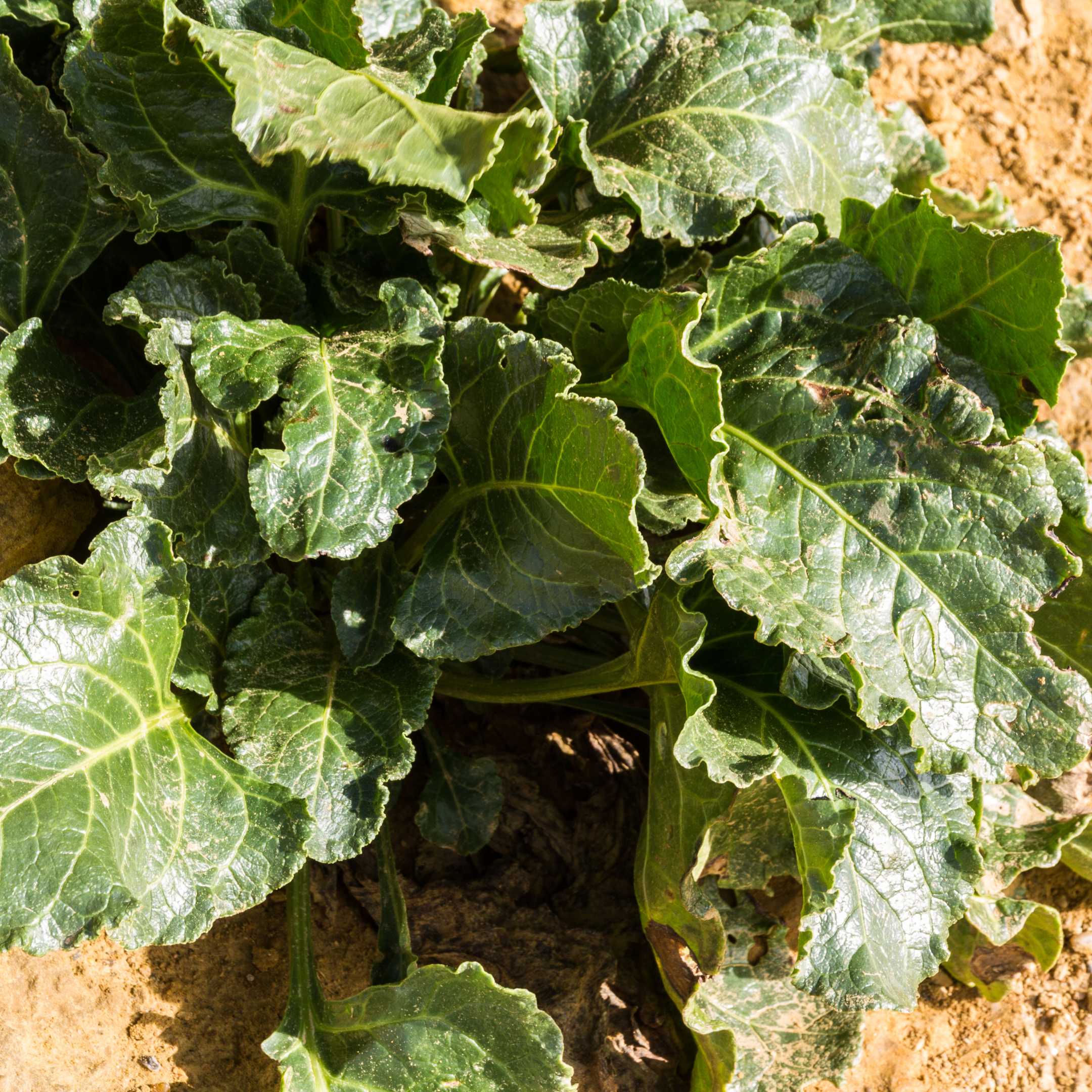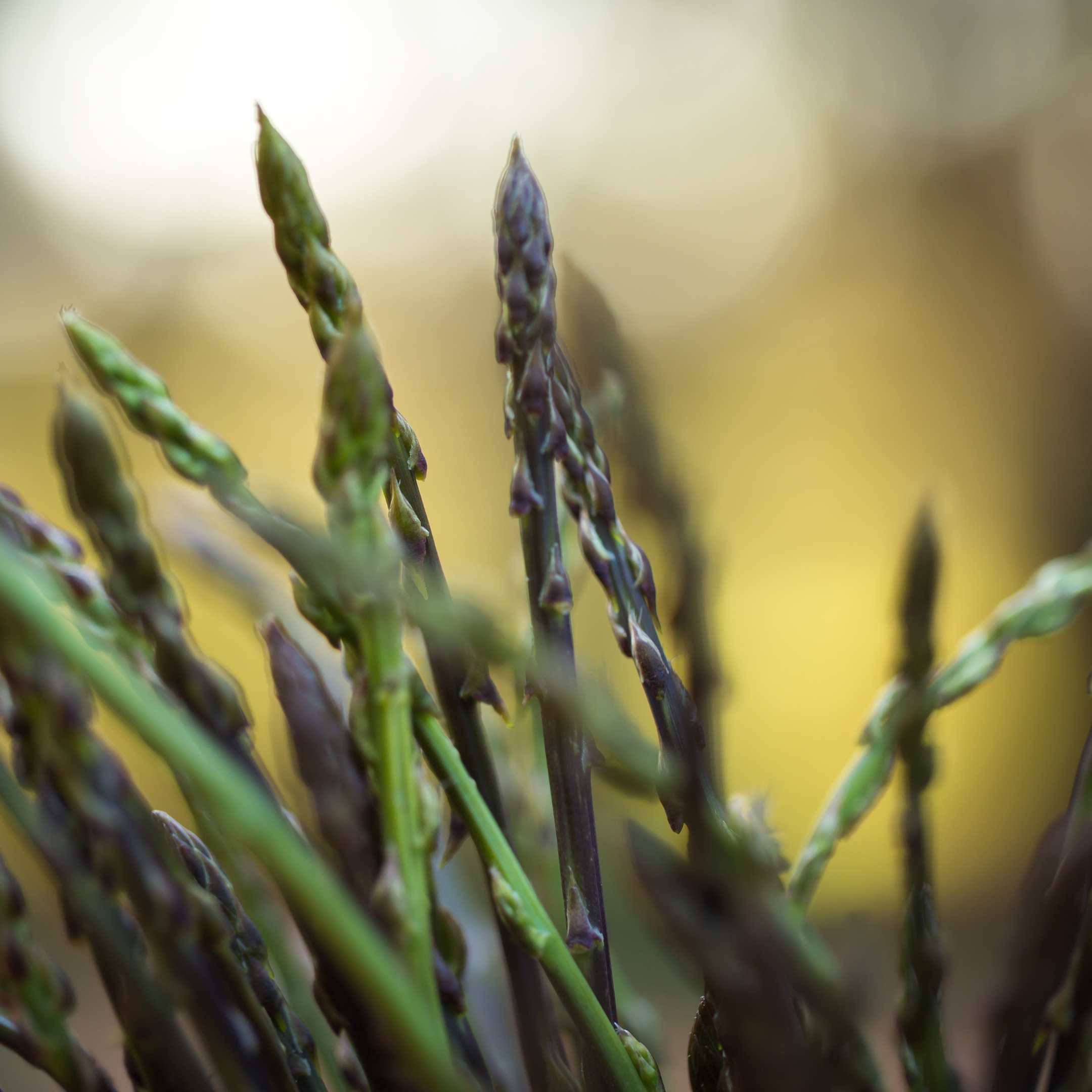Did you know that Toothed Medick is a rich source of proteins and vitamins A, C and E?
Author of, Weeds For Health On Gozo, Heléna Szöllősy shares everything you need to know about the wild plants that make up Gozo’s unique and diverse flora. Enjoy learning about the healing benefits and many usages of Toothed Medick, which grows on Gozo between March and May.
tooth medick, Gozo
Medicago polymorfia-L
Botanical Name: Medicago polymorfia-L, Synonyms: Medicago apiculata, Medicago denticulata, Medicago hispida Family Name: Fabaceae or Leguminosae Maltese Name: Nefel komuni Common Names: Bur medick, Toothed bur clover, Toothed medick Meaning of the Name: Medicago, from Greek: medica, μηδική (πόα), median, from Medike, which came to Greece from Medea or, medick, the Greek name for alfalfa, polymorpha, from Greek polymorphos, πολυμορφοϛ, multiform; taking many forms, variable.
DESCRIPTION
Toothed Medick is a shallow-rooted annual legume. The characteristic growth habit of burclover is one of the numerous prostrate stems branching from the crown and spreading outward 15-76 cm. Where thick stands develop stems may become erect, obtaining heights of 45-60 cm in more favourable years. The leaves are subglabrous and clover-like in appearance, with leaflets normally wedge-shaped and toothed toward the top. The inflorescence is usually quite limited, presenting only a few small, yellow, pea-like flowers.
On Gozo, it flowers from March to May. The several-seeded fruit is a flattened, coiled pod, commonly up to 0.6 cm in width and fringed with a double row of conspicuous, hooked.
- Habitats: Sandy or gravelly soils near the sea
- Range: Native to the Mediterranean region, Europe, Central Asia, China, Japan, and North Africa.
- Status for Malta: Indigenous. Originating from Maltese islands. Very common in the wild.
- Parts Used: flowers, leaves, seed
- Herbal Actions: Antibacterial, Anticancer, Antifungal, Antispasmodic, Emollient, Laxative, Nutritive
- Main Active Constituents: flavonoids, polyphenols, proteins vitamin A, vitamin C and vitamin E
INTERNAL USES:
- Toothed Medick is remarkably similar to Alfalfa but there is less fibre and protein. It has a mean protein content of 19% by weight and 6.25% of the protein is presumably N.
- It is used for medicinal purposes for skin plagues, dysentery and also used for constipation.
- The research of methanolic crude extract clearly indicates that it possesses cytotoxic properties that can be utilized for the treatment of tumours and cancer.
- Methanolic and Ethanolic extracts of Medicago polymorpha was tested against different fungal and bacteria species. The results showed and proved the antifungal and significant antibacterial activity of Medicago polymorpha crude extracts against various fungal strains and against all pathogenic strains.
- Fresh leaves are cooked in water and taken orally for constipation and indigestion.
EXTERNAL USES:
Medick is used for medicinal purposes for skin plagues. In Italy, bur cloverleaf has been used for many centuries, such as medicinal purposes for treating rheumatic pains and wounds and is still used today
EDIBLE USES:
- Leaves and young shoots – raw or cooked as a potherb. Only the young leaves are eaten raw. The young leaves contain about 6% protein, 0.14% fat, 9.5% carbohydrate, 1.4% ash. They are rich in vitamins A, C, and E.
- Flowers – raw or cooked.
- Seed – cooked. The seed can be parched, ground into a powder, and mixed with water to make a mush.
OTHER USES
Medick is commonly used as a cover crop in orchards. It forms a symbiotic relationship with the bacterium Sinorhizobium medicae, which is capable of nitrogen fixation. Its rapid, dense growth characteristics and its ability as a legume to fix nitrogen and thus increase the available soil nitrogen supply add to its value for such use. Burclover is particularly useful in orchards and vineyards as a reseeding annual used in association with strip cover management. Plants can be harvested on a cut and come again basis, the first harvest can be made about one month after sowing, plants can then be harvested another 3 – 4 times at intervals of a few weeks.
PRECAUTIONS: None known.
Tooth medick, wild plants of gozo
Want to learn what else you can forage on Gozo? Click here.
Make This! Green Smoothie With Toothed Medick
ingredients
- 1/2 ripe avocado
- 1 frozen banana, cut into chunks
- 1 small apple, deseeded and cut into small chunks (peel if you do not want the skin)
- handful of fresh toothed medick
- handful of fresh spinach
- 4-5 cubes of ice
- 1/2 cup water (more if you want it less thick)
preparation
Combine all ingredients in your blending device and blend until smooth. Pause blending to scrape sides if needed. Add additional water if you want it less thick. Pour into a glass and enjoy!
Author : Heléna Szöllősy. Editor: GITH

Helena is an expert on the medicinal properties of plants having trained in Herbal Medicine and Naturopathy, specialising in Phytotherapy including Homeopathy, Aromatherapy, Apitherapy and Bach Flower Therapy.
Information on the traditional uses and properties of herbs are provided in this book for educational purposes only and is not intended as medical advice. This information is not intended to be used to diagnose, prescribe or replace professional medical care. If you have any serious health concerns, you should always check with your health care practitioner before self-administering herbs. Please also undertake your own research when foraging. Some wild plants are endangered and are protected by law.

